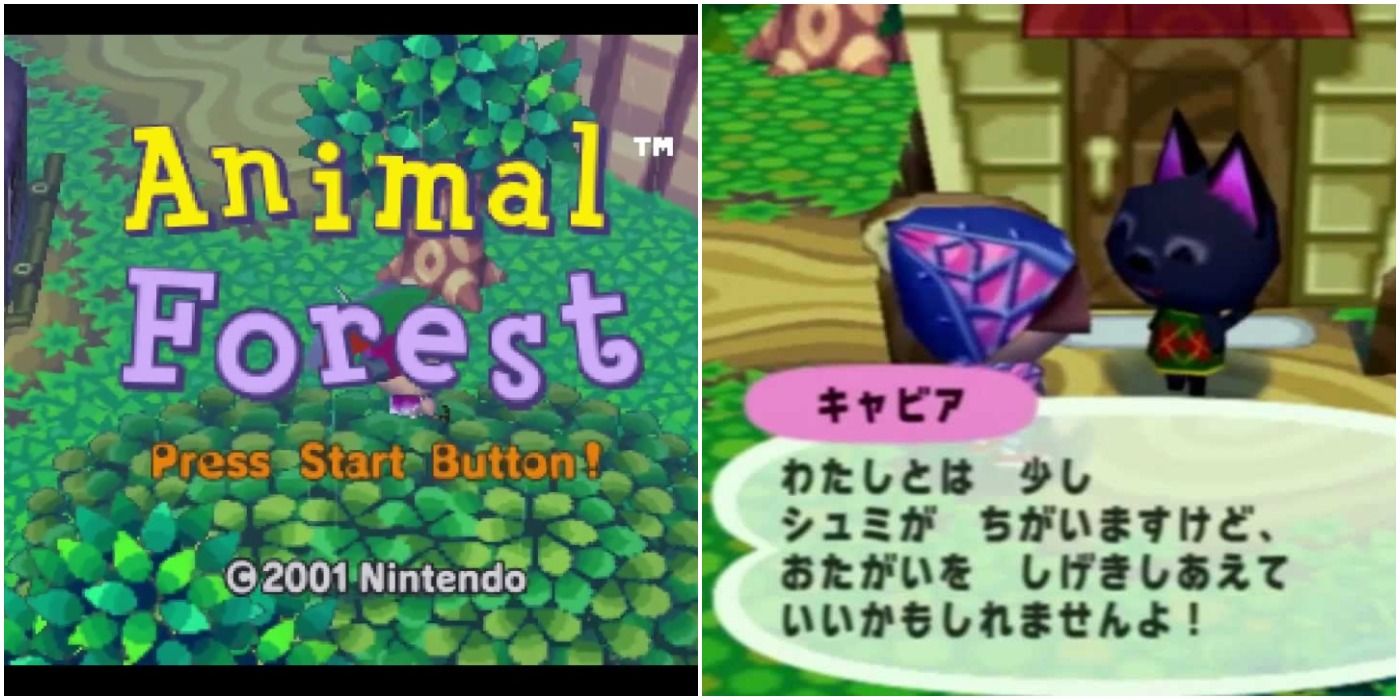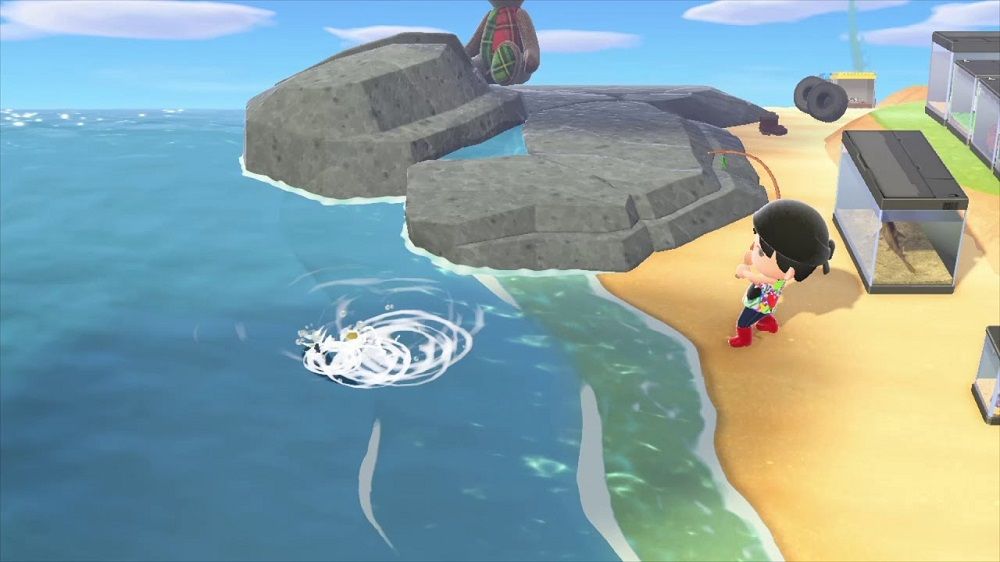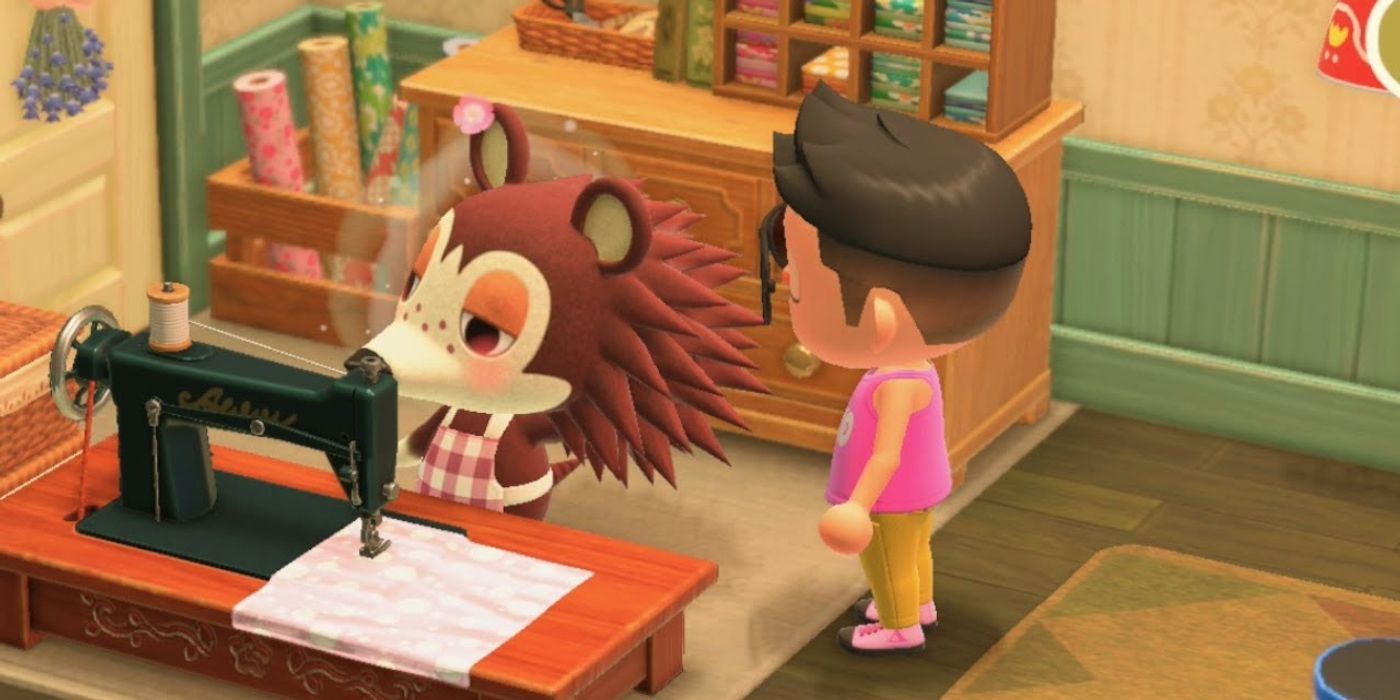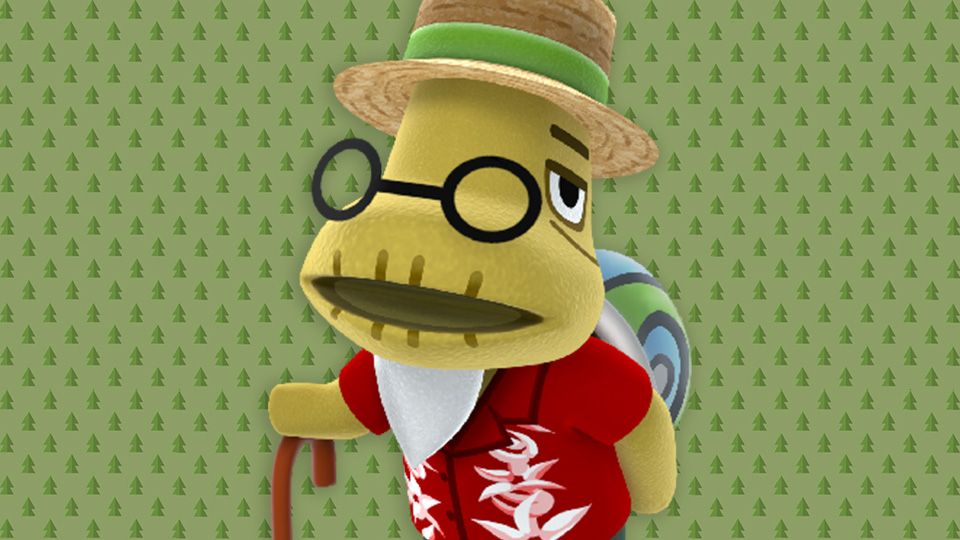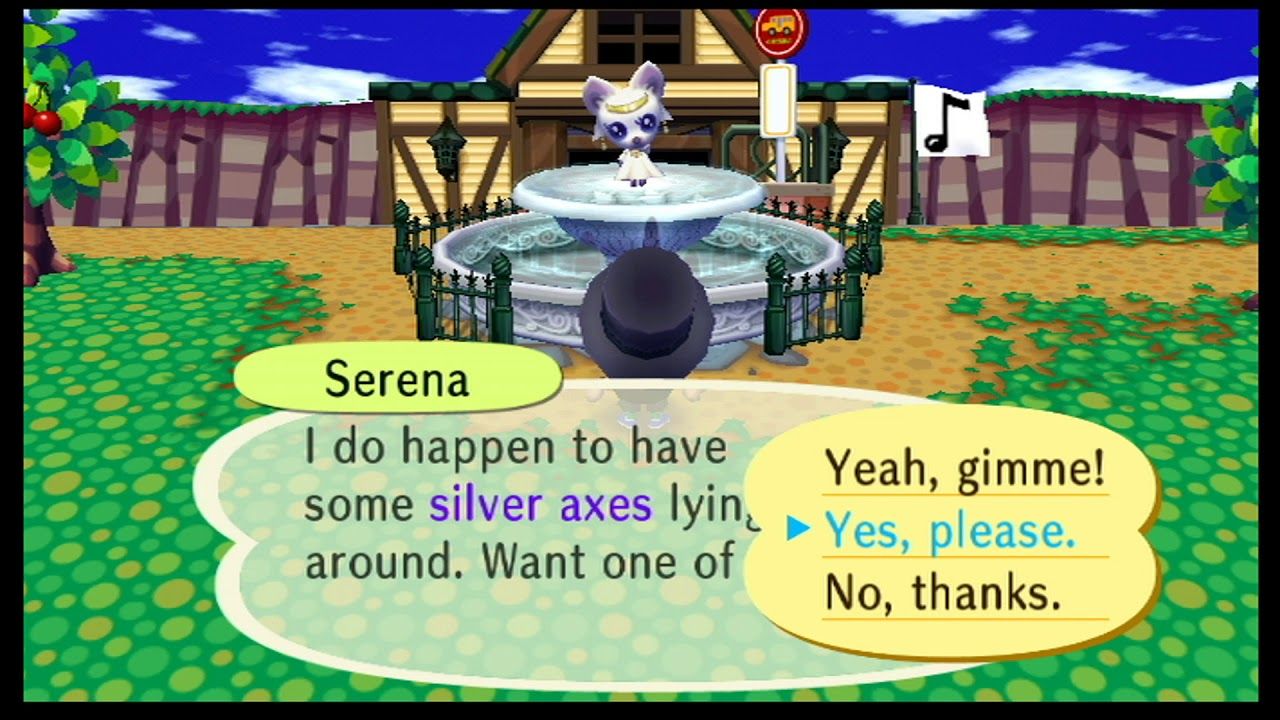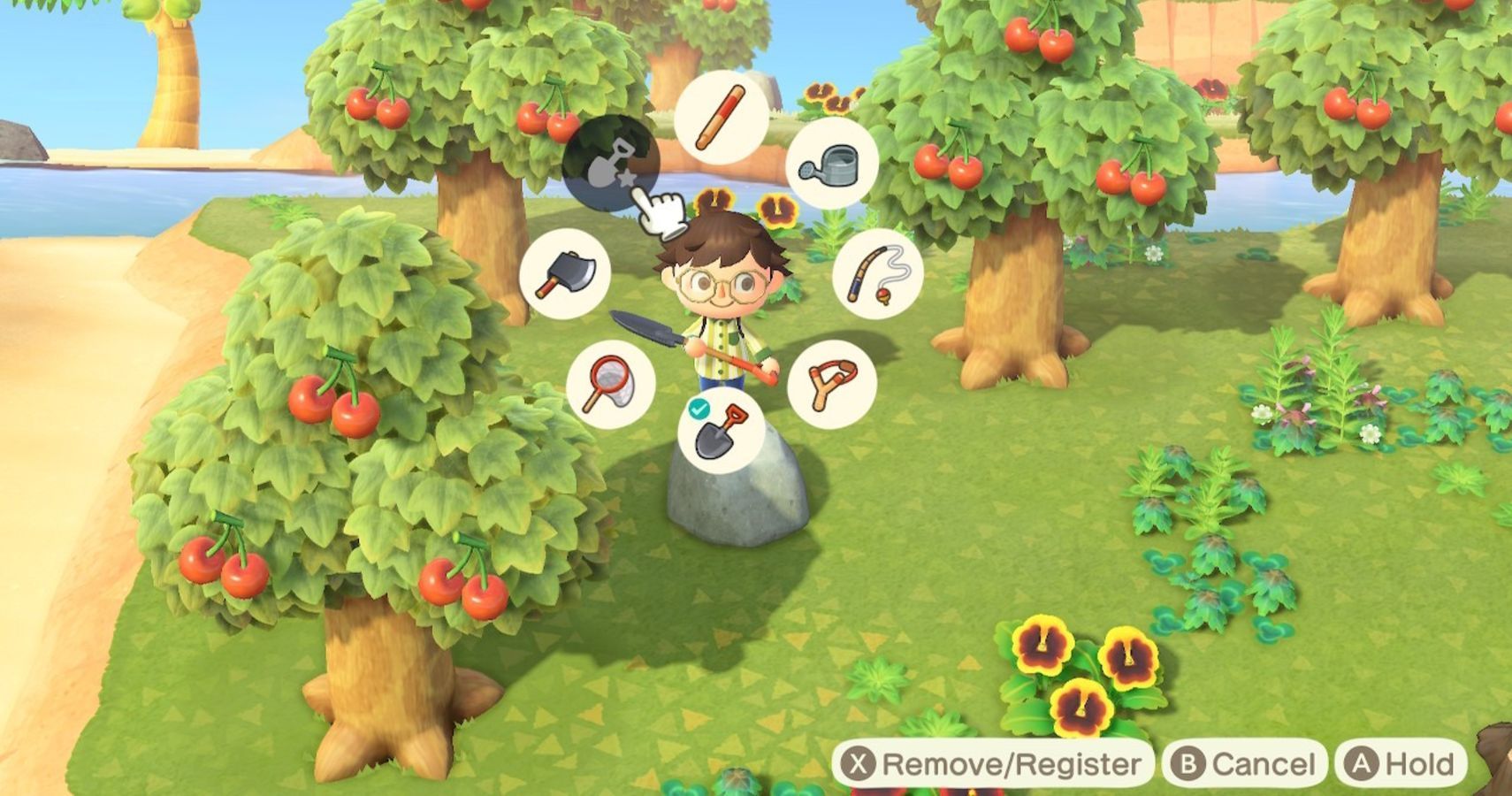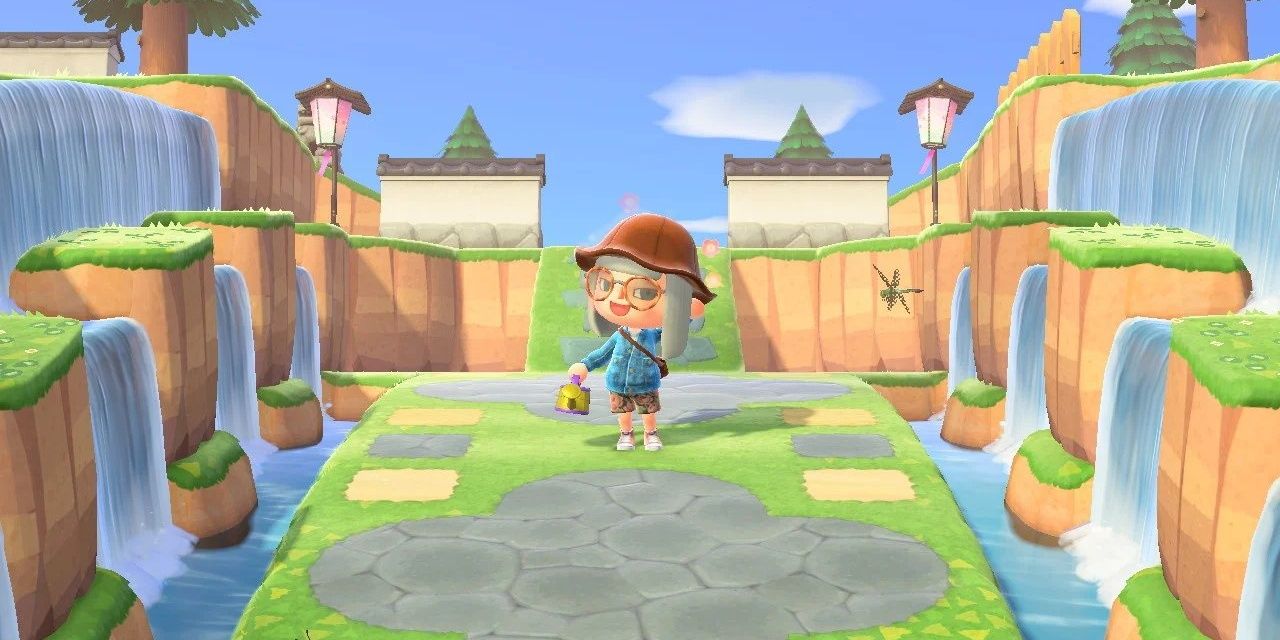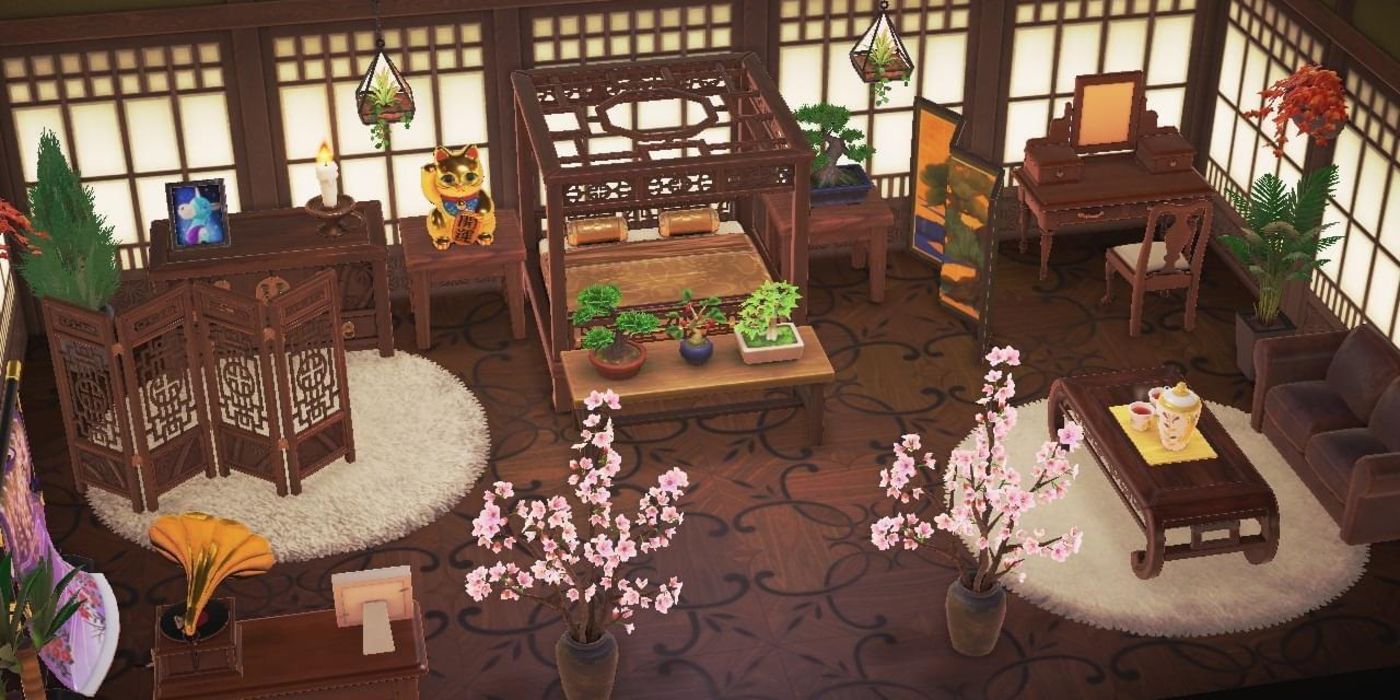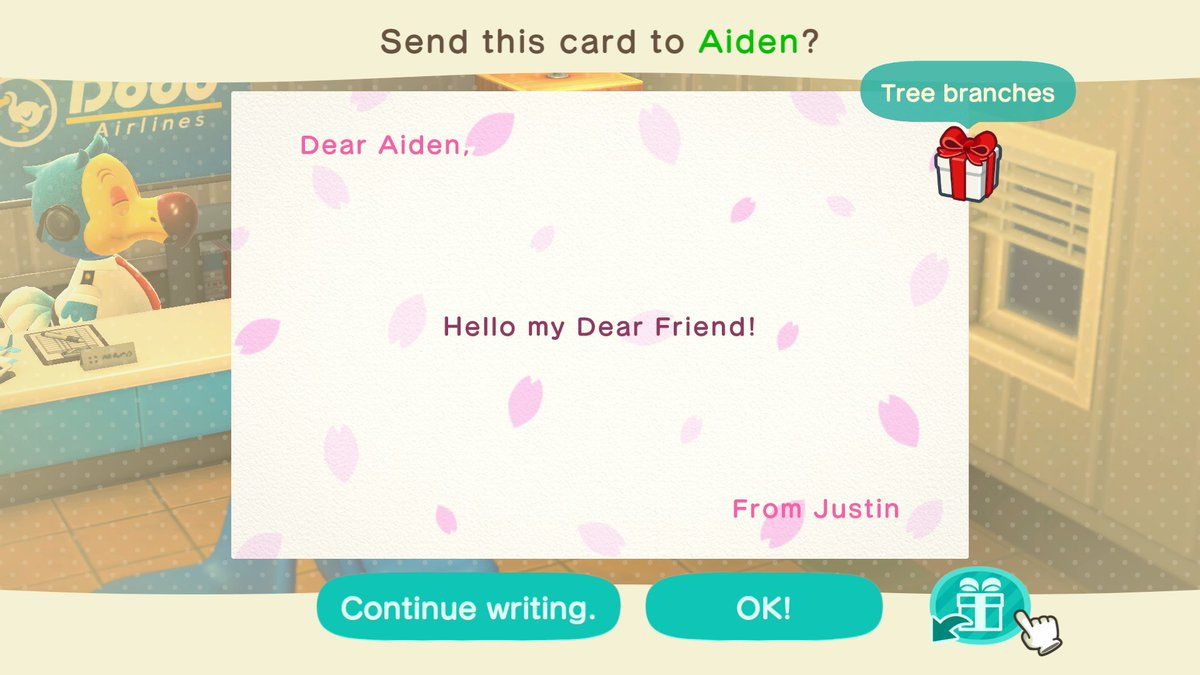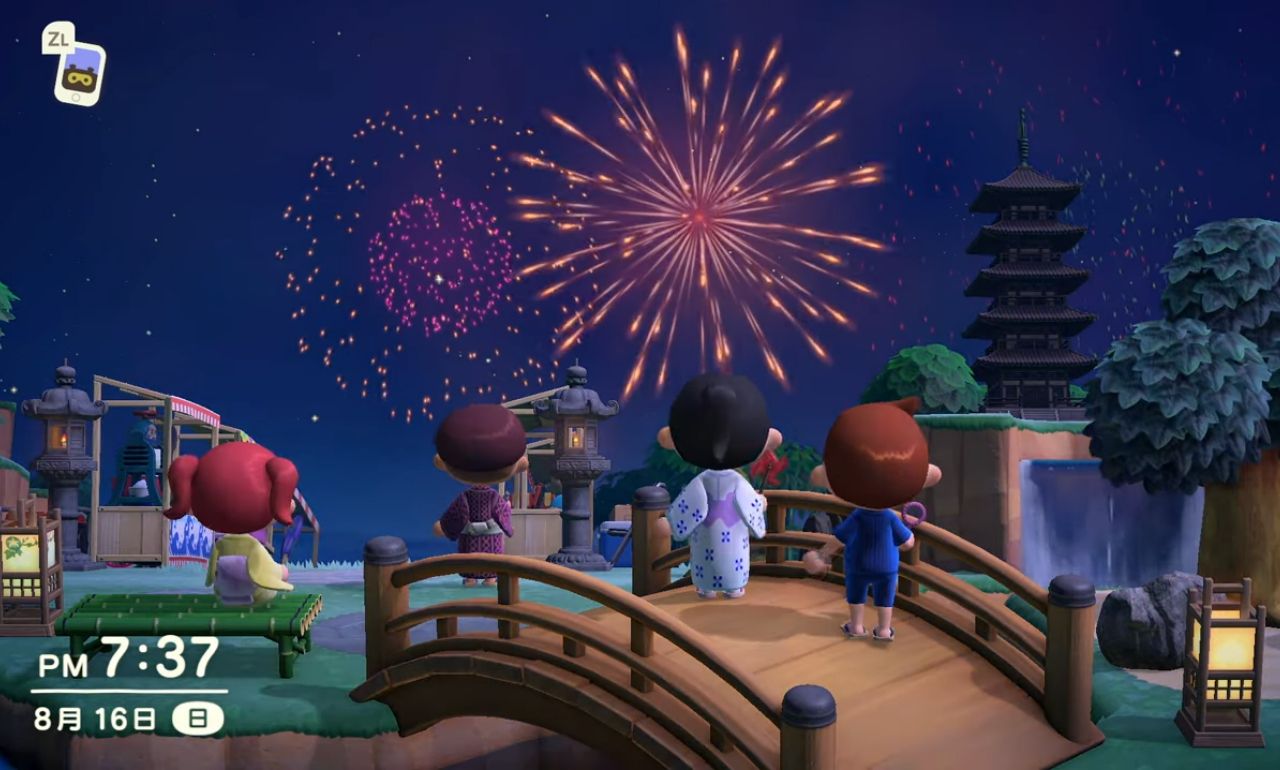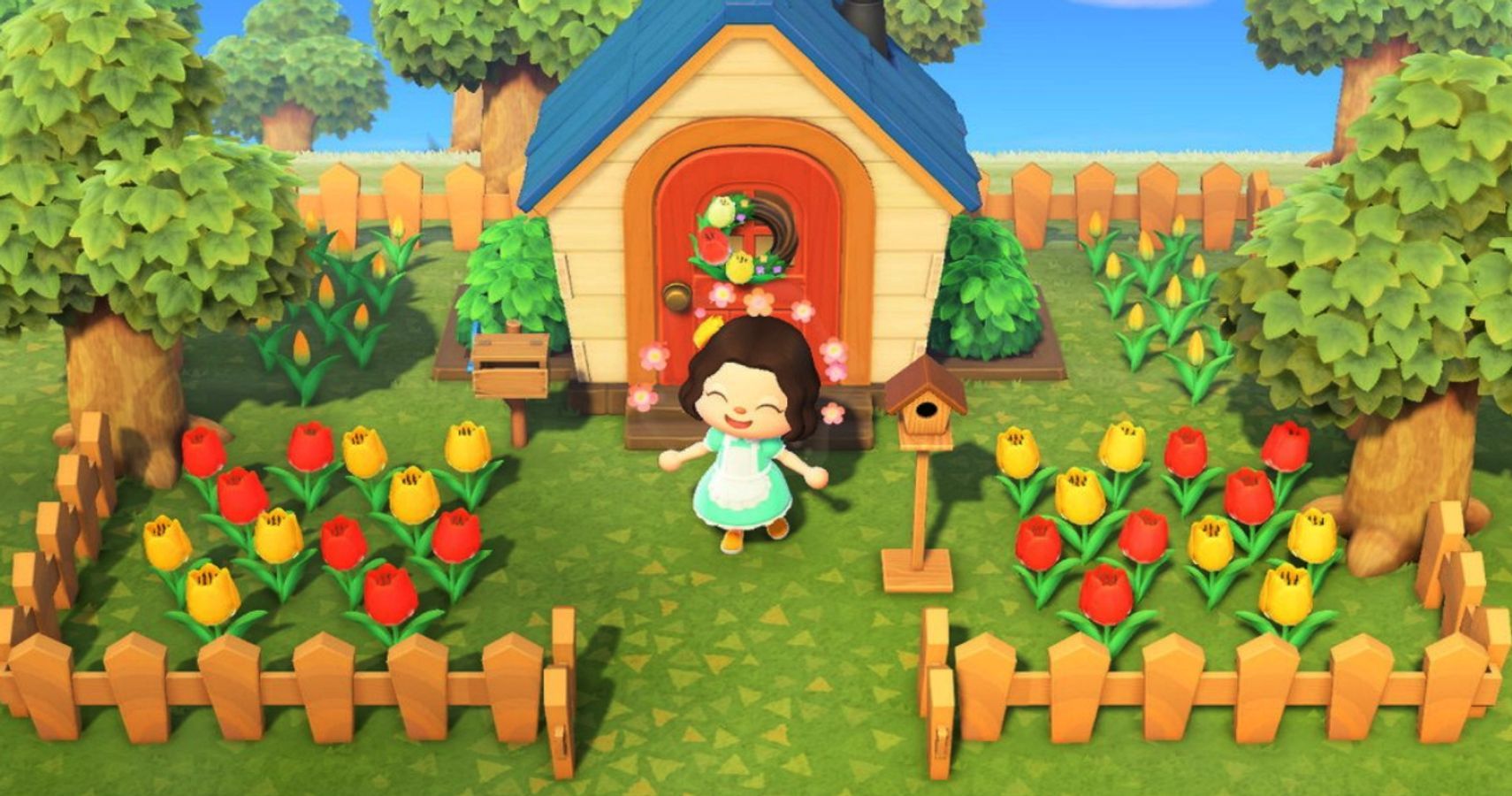Animal Crossing is a series that has been going on for longer than most players realize. The name of the series was actually Dōbutsu no Mori or Animal Forest, and it was released on the Nintendo 64. This title was only released in Japan and served as the foundation for the Nintendo Gamecube title that was released around the world a year later in 2002.
While Animal Forest is extremely similar to the Gamecube title Animal Crossing, there are actually some pretty key differences between the titles. Below are ten little known facts about the Japanese-exclusive title Animal Forest.
10 Bugs and Fish
While players could still catch fish and bugs in Animal Forest, Blathers and his museum didn't exist. The only use for the things fans caught was to take them to Nook and get bells for them. This made collecting fish and bugs far less appealing than in the Gamecube version.
This version of the game also has fewer species than the Gamecube version, likely due to the missing museum. The addition of the museum helped to add tons of goals to the game.
9 No Able Sisters
The Able Sisters didn't exist in the game, but players did have different clothing accessories that you could collect and change into. As fans might have guessed, this also meant that you couldn't make your own designs; all players had to dress up with are the pre-made shirts.
All fashion items could be bought from Tom Nook, though it was a lot more limited. The original game had very few special characters, and the only shop was Nook's.
8 Tortimer Didn't Exist
For fans who have only played New Horizons, the series-staple character Tortimer may be a mystery. In past games, he was the mayor of this town, and, when he retired, he carted players off to his island where they could catch a variety of rare fish and bugs, which could earn them quite a bit of money.
Tortimer actually didn't exist in Animal Forest, and there was no one to stand in as mayor in the town.
7 There Was a Shrine
Many players who played the older games are familiar with the wishing well that would be placed in the town plaza. The town events would be held around the wishing well, and it could be used to get rid of quest items or throw bells in on New Years Day. In City Folk, it can take donations year-round to unlock special items and events.
The shrine was more familiar to Japanese players than the wishing wells and had the same functions. This was changed due to the fact that most of the world wouldn't understand or be familiar with wishing shrines.
6 Treasure Chest Icons
The item symbols in the series have long been used to easily indicate to players what type of item they are picking up off the ground. Instead of having shirt icons in the early games, the clothes are represented by small treasure chests, which can be extremely confusing to players of the newer games.
Other icons like the classic leaf symbol are present in the game, so other items can still be easily identified. Luckily, the games have evolved to have icons that can be easily recognized by most players.
5 It Had Extremely Impressive Graphics For The Time
One of the things many fans will notice when looking at comparison videos between Animal Forest and Animal Crossing is that the graphics are almost the same. This is because Animal Forest was one of the last games to come out on the Nintendo 64, and it pushed the hardware to the limit.
While some shading is different and some buildings have been altered, the core graphics are identical. This is still rather impressive to fans of the N64 and helped to show the limits of the console.
4 Limited Storage
Storage in the first game was nothing short of a complete nightmare, especially for players who like to collect everything. Each piece of storage furniture could only hold one item, and the same goes for the radio with the K.K. Slider tracks. In short, this was an incredibly inconvenient feature.
Short of covering the ground with items, there was no way to really keep items in Animal Forest. Many players would have to constantly sell the items they loved to have a nice looking island.
3 Stationary Was Limited
It's no secret that the Nintendo Gamecube was a more powerful console than the N64. This can especially be seen with items like stationary where a player could only carry a single item. In the Gamecube version, stationary came in sets of four that stacked so that they didn't hog item slots.
This limited item programming can also be seen when using the ax that never breaks into the game. While stationary may not be the most important item in the game, it is interesting to see the limited storage.
2 Holidays Are Different
The holidays in Animal Forest look quite different than that of the Gamecube version. Many of the holidays that players loved are missing in the first version of the game, and some, like the cherry blossom festival, look quite different than they do in Western versions of the game.
Animal Crossing got more involved with holidays as it advanced, and the first game will make fans feel incredibly limited. Even holidays like Valentine's day weren't present in the original version of the game.
1 Limited Housing
Another huge difference is the game's housing, which can't be upgraded as much as in the later versions. Most notably, Animal Forest players weren't able to build a basement. While this made it easier to pay off the loan, it gave players even less room to express themselves in.
The addition of extra rooms was a huge step in the right direction for the Gamecube version and helped the players have more goals to work towards and likely added a few dozen hours to the game's total playtime.

